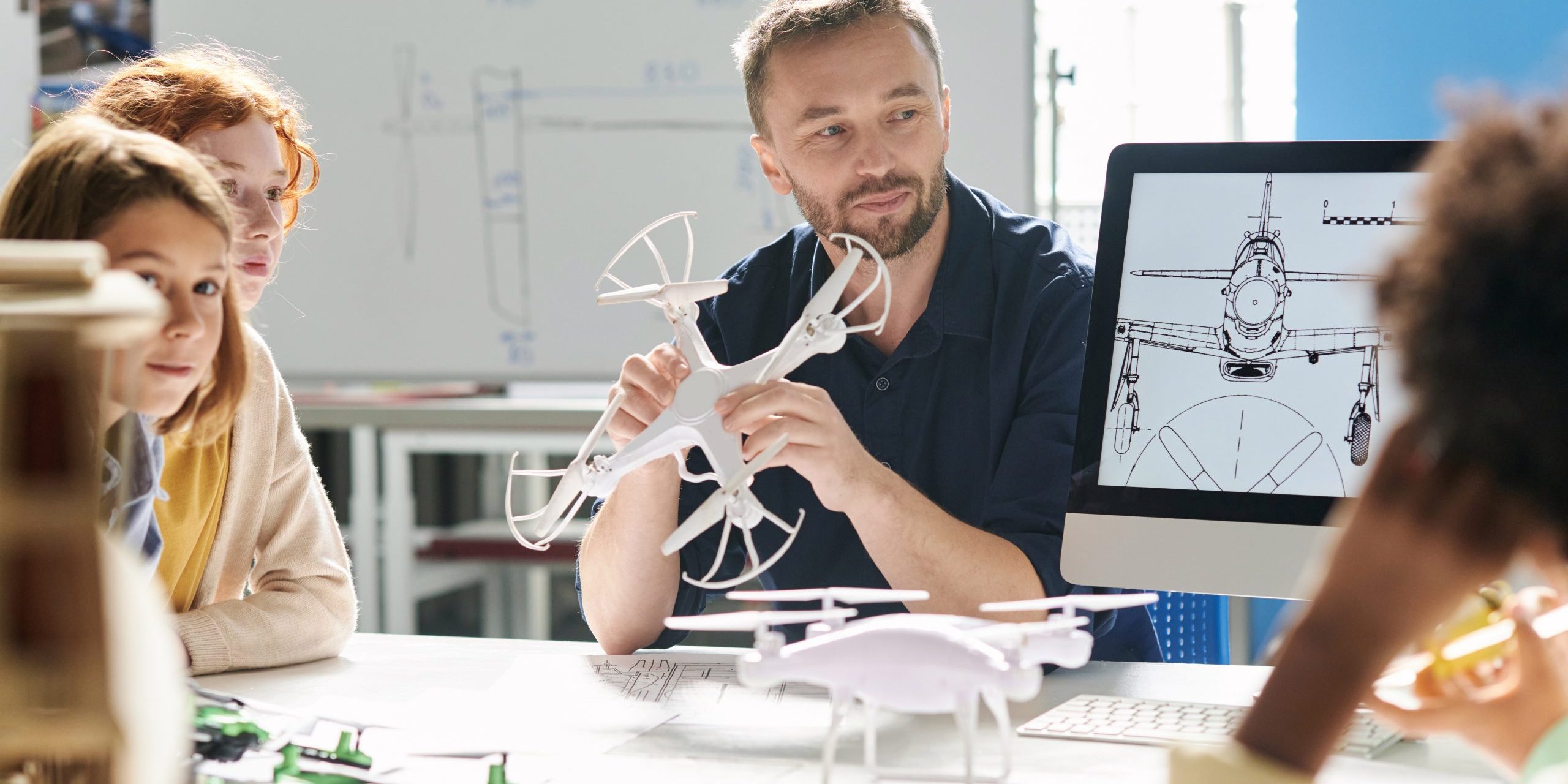Understanding the Role of ‘Inventor’ in Patent Applications Under California IP Law

Understanding the Role of ‘Inventor’ in Patent Applications Under California IP Law
Determining who qualifies as an inventor for the purposes of a patent application is a pivotal question with far-reaching implications. According to the United States Patent and Trademark Office (USPTO), an inventor is defined as the individual or group of individuals contributing to the conception of the invention outlined in a patent application. This definition underscores the necessity of originality and active involvement in the creation process, establishing a clear boundary between mere assistance and genuine innovation. In recent years, statistics have illuminated trends in patent filings, revealing a diversification in inventors’ demographic and professional backgrounds, signaling a broader participation in innovation across sectors.
With the increasing complexity of technological advancements and collaborative projects, especially in tech hubs like California, the role of an inventor has become more nuanced. Trends indicate a rise in collaborative patents, reflecting the interdisciplinary nature of modern innovation, with contributions from across the globe. This shift highlights the evolving landscape of invention and the critical legal experience required to navigate these changes effectively.
Who is an Inventor For Purposes of a Patent Application
Determining who qualifies as an inventor under patent law is a nuanced process grounded in legal principles that dictate the recognition and attribution of innovation. Identifying the correct inventor(s) in California’s innovation-rich environment is crucial for anyone involved in the patent process. The state’s thriving technology, biotech, and creative industries contribute significantly to the complexity of patent applications. According to recent statistics, California consistently leads in the number of patent filings in the United States, underscoring the state’s role as a hub of innovation.
The USPTO mandates that an inventor is any person who contributes to the conception of the invention outlined in a patent application. This definition encompasses a broad spectrum of contributions, from the initial idea to the practical application of a concept. It is critical for inventors to accurately identify all contributors to avoid potential disputes or invalidation of the patent. Recent case law clarifies the importance of correct inventorship, highlighting the legal implications of misidentification.
It is essential to consult with a law firm specializing in Intellectual Property Law to understand the following key criteria that define an inventor:
- Contribution to the Conception: The individual must have contributed to the original concept of the invention;
- Collaboration and Joint Inventorship: Each contributing party must be considered when the invention results from collaborative efforts; and
- Exclusion of Non-Creative Contributions: Individuals who contribute only labor or supervision are not considered inventors.
In Blue Gentian, LLC, et al. v. Tristar Products, Inc., the Federal Circuit addressed the complexities of inventorship. The case emphasizes the necessity of accurately reflecting contributions to the conception of the patented invention. The court’s decision underscores the legal requirement that all inventors must be correctly identified, reinforcing the idea that the patent system rewards innovation by ensuring inventors receive recognition and protection for their contributions.
Further, the dynamic nature of teamwork means that contributions can vary in nature and magnitude among the team members. However, this diversity in contribution does not affect their recognition as joint inventors. This is supported by law, specifically under 35 U.S.C. § 116(a), which clarifies that individuals can file for a patent together as joint inventors regardless of whether they worked physically side by side or at different times. The statute further elaborates that it is immaterial if their contributions were different in type or extent or even if they did not all contribute to every patent claim. This legal provision acknowledges the complex nature of collaborative innovation and ensures that each contributor can be rightfully acknowledged as an inventor.
Inventorship Disputes Under California Patent Law
Inventorship disputes under California’s patent law represent significant intellectual property challenges, often necessitating legal intervention to resolve conflicts over the rightful attribution of inventions. Such disputes arise when there is disagreement about who has made a substantive contribution to the conception of an invention. Given the high stakes involved—including ownership rights, potential royalties, and recognition—these disputes are far from trivial. Working with a California law firm specializing in IP law is essential.
Several factors contribute to the prevalence of inventorship disputes:
- Ambiguous Contribution Records: Determining the extent of each contributor’s involvement can be challenging in the absence of clear documentation.
- Collaborative Inventions: The modern innovation process often involves teams, complicating the attribution of specific contributions.
- Changes in Patent Law: Evolving legal standards, such as those highlighted in recent case law, necessitate careful navigation to ensure compliance.
The implications of inventorship disputes are significant. They impact the validity of a patent and the distribution of financial rewards.
Resolving Inventorship Disputes with an Attorney
Resolving inventorship disputes requires a legal process, including petitioning the USPTO, which may involve substantial evidence and legal arguments. A skilled IP attorney can help individuals and institutions with every stage of a patent dispute. For example, an attorney can engage in a thorough investigation by evaluating each party’s contribution to the invention. Moreover, in some cases, an attorney can help resolve disputes through negotiation, avoiding litigation.
Speak with a Dedicated California IP Lawyer for Help with Your Patent Application
If you are interested in learning more about effectively pursuing a patent in California, it’s important you speak with a dedicated intellectual property lawyer. At Cohen IP Law Group, we’ve assembled a knowledgeable team of California IP lawyers who specialize in patent and trademark law. Our attorneys have helped our many individual and organizational clients obtain thousands of patents, trademarks, and copyrights. We are also available to advise you or your company on general patent law issues that you are currently confronted with or anticipate in the future. To learn more, and to schedule a free consultation today, give us a call at 310-288-4500. You can also connect with us through our secure online contact form.

